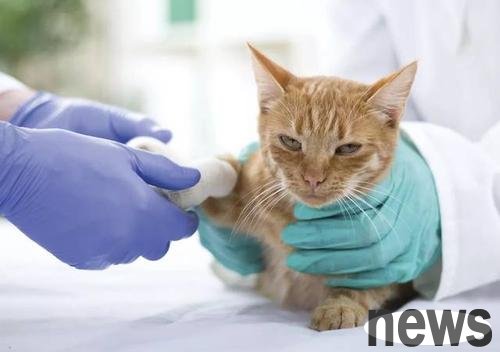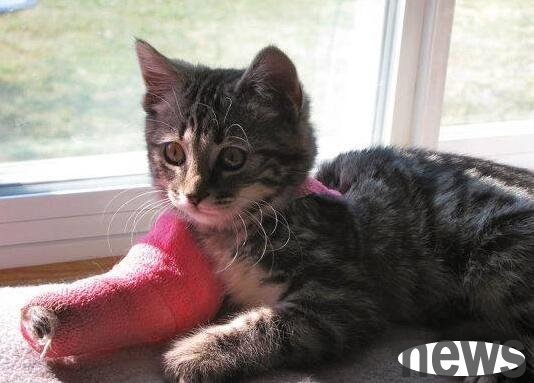1. Basic characteristics of bones
● According to the shape of bones, they can be divided into long bones, short bones and irregular bones.
●The thinner and firm part of the middle of the long bone is called the backbone; the hollow cavity in the bone is called the marrow cavity.
●The majority of the swelling at both ends of the long bones is called the posterior bone, and the part connected to the posterior bone and the part connected to the posterior bone is called the front end of the stem.

●The surface of bone can have 1-2 small holes, called trophic holes, and nerves and blood vessels can nourish the bone through the nutrients.
Schematic diagram of anatomy of long bones
2, periosteum
●Endostomy
●Extraocularis
3, blood vessels of bones
●Long bones supply blood by nourishing arteries, epistomy arteries, posterior end arteries and Confucian arteries.
●Tourism artery - central artery, internal 2/3 cortical bone
●Extrachomatous artery, external 1/3 cortical bone
4, bone plate and bone unit
5, fracture healing method
●Phase one healing: When the fracture is anatomically reduced and firmly fixed, the fracture end can reopen the Harvard canal without the occurrence of bone pain.
●Stage II healing: The fracture healing method is accompanied by a large number of bone epilepsy in the medullary cavity and outside the cortex.
Phase II healing process

Hematoma formation-inflammation and granulation tissue-formation of original callus-bone reconstruction
●Hematoma formation: The internal and external blood vessels that penetrate the fracture line rupture, blood overflows into the fracture area, and a hematoma quickly forms.
●Inflammation and granulation tissue: Injury and necrotic tissue lead to acute inflammatory reactions such as capillary dilation, enhanced permeability, plasma protein exudation, and inflammatory cell infiltration, which then form granulation tissue.
●Initial bone lung formation: The osteoprogenitor cells in the inner periosteum differentiate into osteoblasts, and periosteal bone pain (internal bone cerebral and external bone dysfunction) are formed through the intramembraneal bone formation, which is mainly used to fix the positions of the two fracture ends. The fracture end and fibrous tissue in the medullary cavity are gradually transformed into cartilage tissue, and ossified with the hyperplasia and calcification of chondrocytes. It is called cartilage internalized bone, which forms annular bone epilepsy and intramarrow cavity bone pain at the fracture. After the two parts of the bones merge, these primitive bone pains continue to calcify and gradually strengthen.
●Bone reconstruction: Braided bone replaces mineralized cartilage - New slab bone replaces braided bone - The second generation of bone units composed of slab bones replaces the original bone units - clears the bone dysfunction in the scrub cavity, and then passes through the scrub cavity